
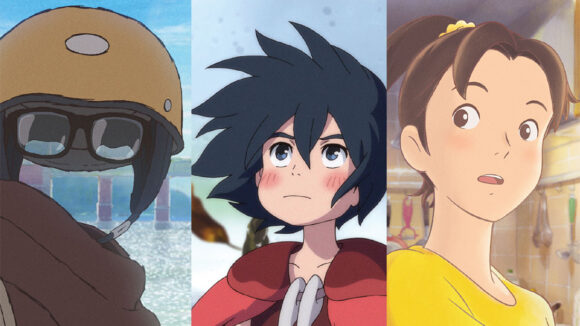
Studio Ponoc’s Yoshiaki Nishimura Speaks About New Olympic-Inspired Short And The Studio’s Goals & Growth – Annecy
The 1988 anime Akira envisioned a dystopian Neo-Tokyo preparing to host the 2020 Olympic Games amid societal collapse. By an odd coincidence, the 2020 Tokyo Olympiad is now a reality, and next year’s event has prompted a rather different – and altogether more optimistic – work of animation.
The International Olympic Committee (IOC) has commissioned an animated short to commemorate the ethos of “Olympism,” summarized as “excellence, respect and friendship.” The film will be produced by Studio Ponoc, which announced the project this afternoon in France, on the first day of the Annecy International Animation Film Festival. Cartoon Brew spoke with Yoshiaki Nishimura in an exclusive English-language interview about the project.
Ponoc formed around former members of Studio Ghibli after that company dissolved its production division in 2014 (although Ghibli has since restarted production). Its links with its illustrious forebear ensured that it launched with a high profile, and its first feature, Mary and The Witch’s Flower, was pitched as a kid-friendly fantasy adventure in the Ghibli mold. But with its second offering, the studio took a sharp turn: Modest Heroes is an anthology film consisting of three gently experimental shorts, each directed by a veteran animator.
Both films were produced by Nishimura (who also produced Ghibli’s last two in-house features). It was during work on Modest Heroes that he was approached by the IOC. The original brief was for a feature-length animation of the Games – but, as Nishimura explains to Cartoon Brew, the studio hesitated. “While it’s artistically possible to use animation to depict the dynamism of sport, the bodies of athletes in motion, and a sense of energy, this didn’t fit the particular skills of our animators, who specialize in hand-drawn expression.” Undeterred, the committee proposed a short film instead. Encouraged by its progress on Modest Heroes, Ponoc accepted.
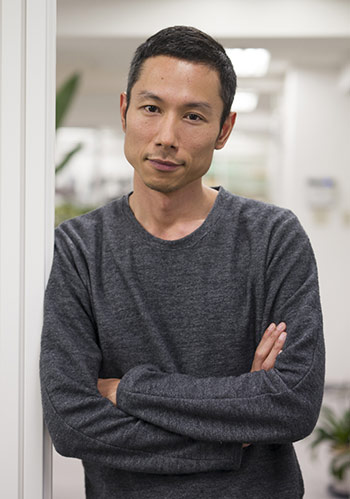
The film is currently in pre-production. It is the studio’s first commissioned work, but the brief is pretty loose. The main requirement is to convey the values of Olympism, for which Nishimura feels an affinity. “We create works that can be of value to children… We’d like this film to present a side of the Olympics that isn’t about competition – to show new ways of thinking that they can inspire. We won’t be portraying athletes.”
Significantly, the commission came directly from the IOC. The film is intended to outlive the 2020 Games – the organization is set to promote it across online and television channels as well in cinemas, although details aren’t yet set in stone. In contrast to Naomi Kawase’s live-action official film of the Games, the short won’t touch on explicitly Japanese themes.
Taking after Hayao Miyazaki, Ponoc’s artists tend to develop stories through concept art and storyboards rather than scripts. Though all principally hand-drawn, the Modest Heroes shorts are visually diverse: the pared-down, pastel-hued Tokyo suburb of Yoshiyuki Momose’s Life Ain’t Gonna Lose is a world away from the cg-enhanced water world of Kanini & Kanino, by Hiromasa Yonebayashi.
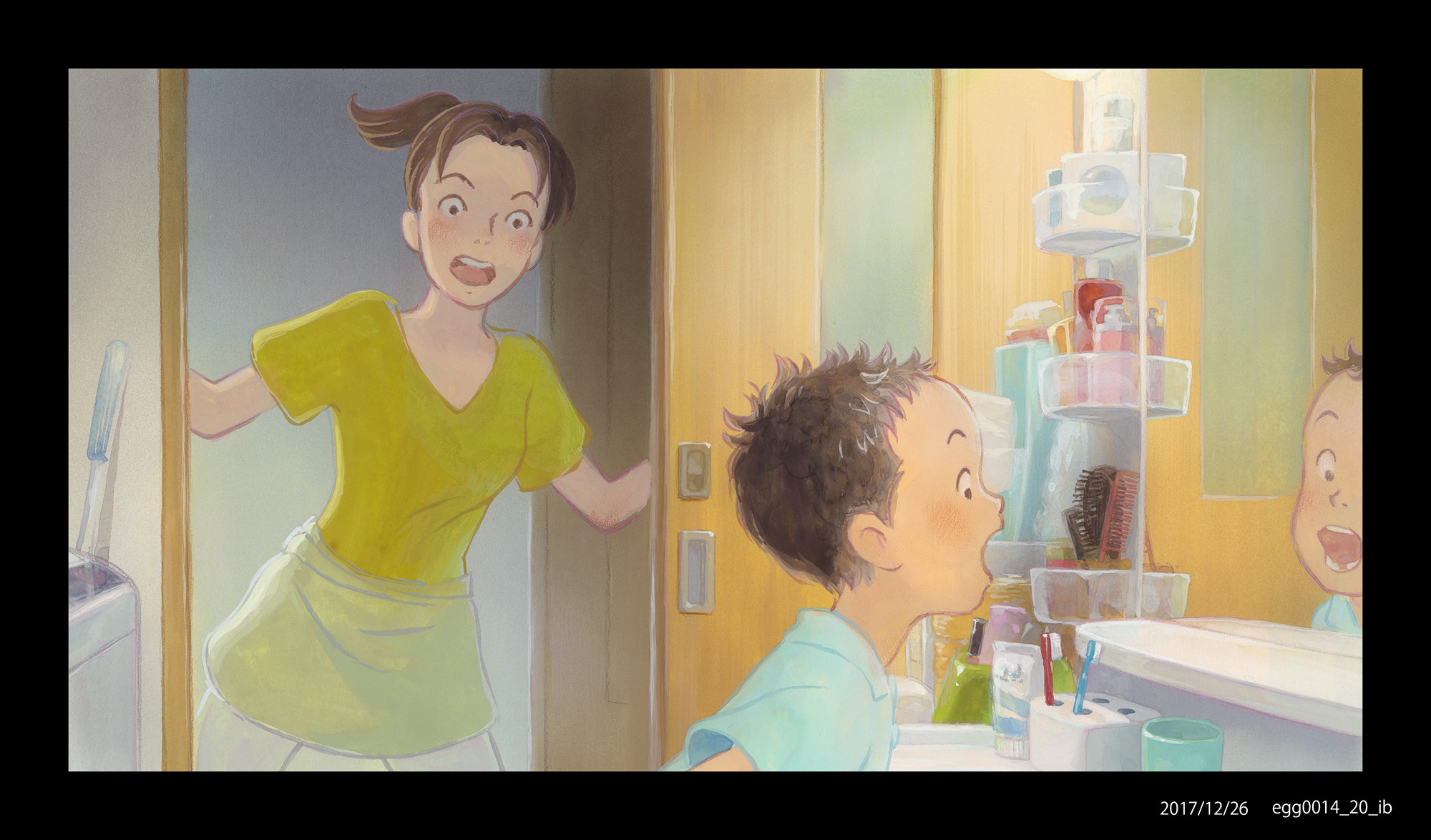
The Olympics short will also be hand-drawn, but the team is still developing its visual style. Cartoon Brew asked whether the IOC is insisting on a recognizable “anime” aesthetic, but Nishimura rejects the very label. “We see ourselves as creators of ‘animated films’… ‘Anime’ is more of a genre. When the term ‘anime’ first appeared outside Japan, most of the films associated with it were sexual or violent. We would like to avoid misunderstanding. We want our films to be seen by a wider audience.”
In interviews, Nishimura often stresses his desire to make films that appeal to all ages, including children – a demographic he believes is underserved by Japanese animation. “Ways of communicating online have proliferated… but children have no presence on the internet,” he continues. “So if you make a film for adults, it will get talked about a lot more. In Japan, the birthrate is also falling, and I’m really concerned about the risk that children will become invisible.”
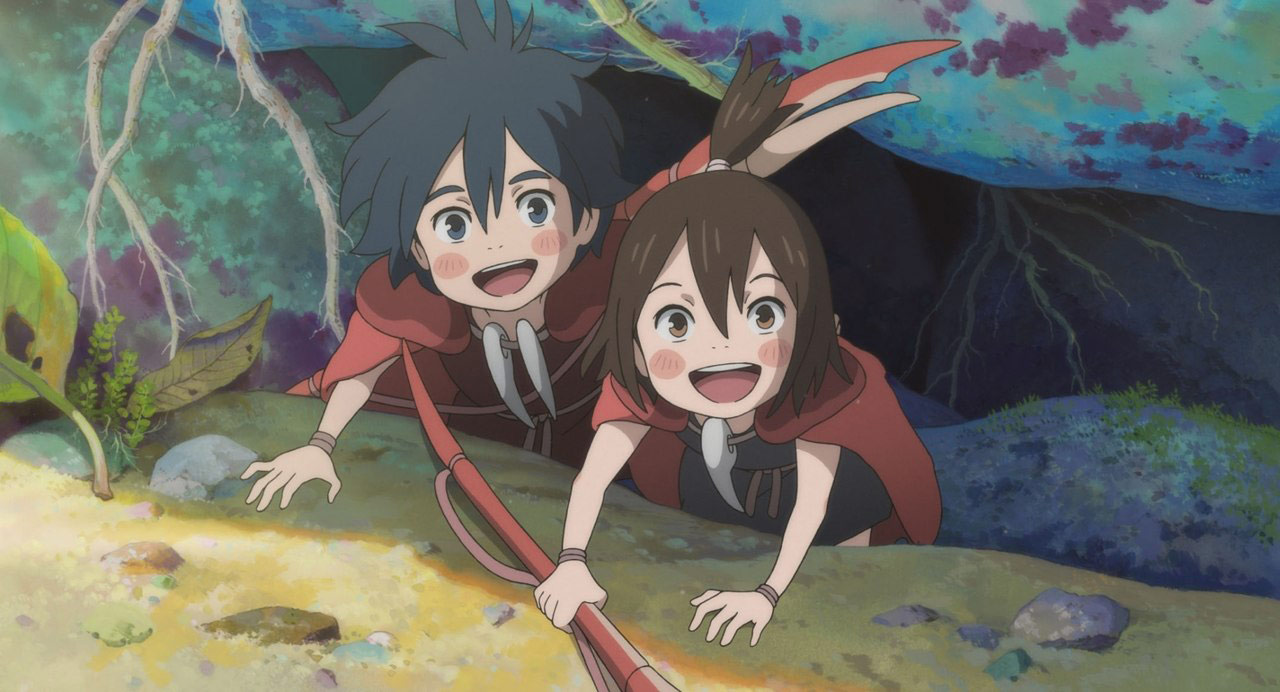
Ponoc’s films often feature young protagonists, but they don’t pander to received ideas of what children want to see. Life Ain’t Gonna Lose revolves around a boy with a deadly allergy to eggs; the story has no fantasy element, no simple resolution, and a palpable sense of peril. Children barely feature in Akihiko Yamashita’s Invisible, the third Modest Heroes short, which obliquely tackles the subject of isolation among Japan’s white-collar workers. “Kids don’t just watch ‘kids’ films,” explains Nishimura. “With Invisible, I thought the adult feelings of loneliness would be something that children also understand, as they’ve had similar experiences. Many marketing people who supported the release of the film worried that children wouldn’t enjoy it, but I was confident that it could actually be their favorite.”
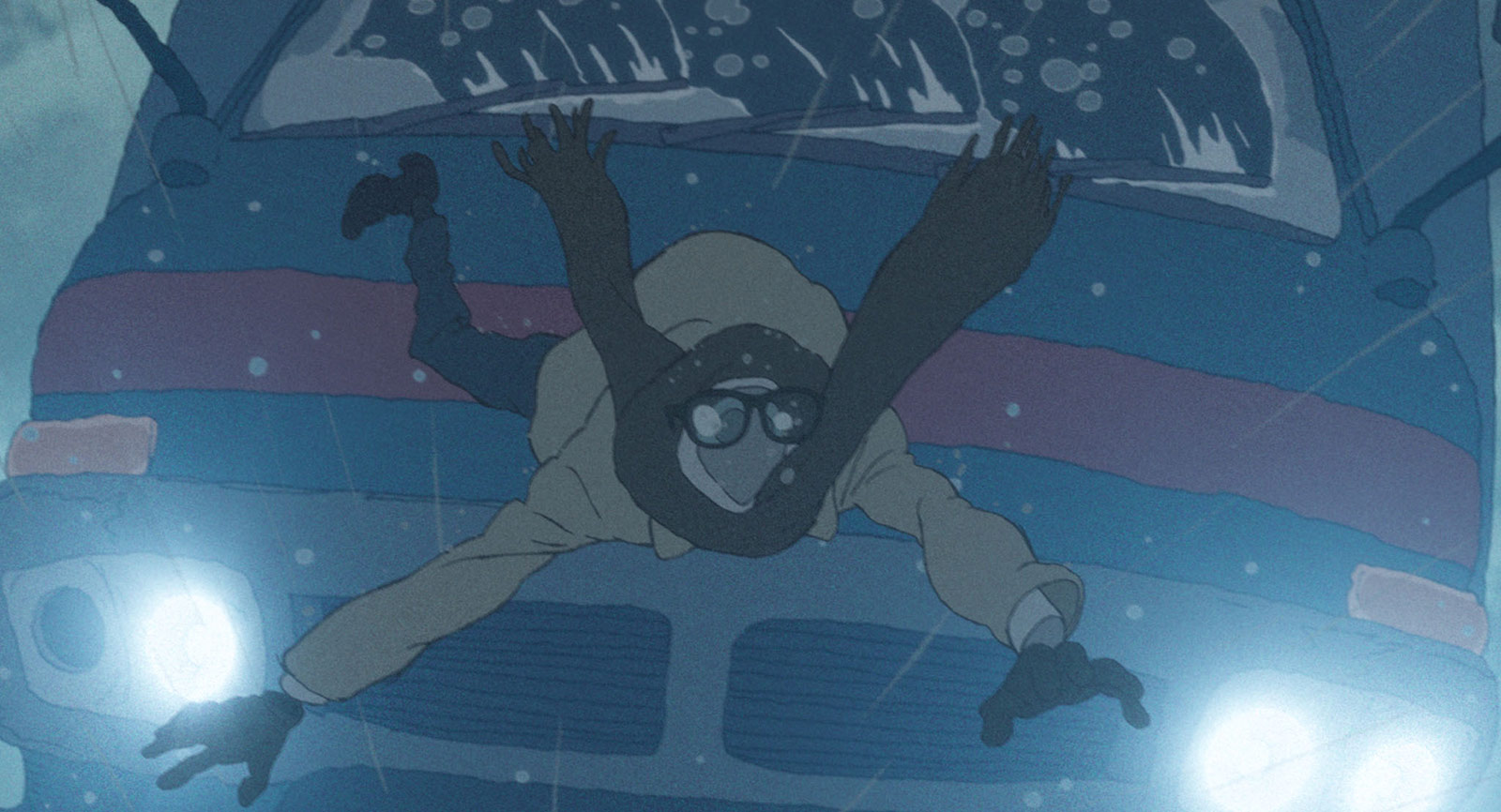
More unconventional than any one narrative, though, is the very format of Modest Heroes. It has had theatrical and home video releases in Japan and North America, and is nearing the end of a festival run. Yet the fact remains that a 54-minute anthology film is hardly commercial. I ask Nishimura what his business model is. “There is none,” he says. “If there was, everyone would do it. Making short films isn’t economically rational – which is why we make them. If it was rational, there would be no challenge… Only two kinds of companies are able to make shorts: big ones that can afford to lose money, like Dreamworks or Pixar, and small ones like us, who seek to make good films even when there’s no money to be earned.”
Nishimura sees short films as a petri dish of talents and ideas – a way to test young artists and relatively unproven directors, while establishing Ponoc’s artistic bona fides. He invokes a common analogy between shorts and poetry on the one hand, and features and novels on the other. The shorts he cites as inspiration are not the Hollywood studios’, but groundbreaking masterpieces from auteurs like Yuri Norstein and Frédéric Back. He aspires to put out three shorts every four years or so, even if they need to be subsidized by other ventures. Not that the studio has given up on trying to monetize them: it is currently pursuing “new avenues for content distribution which wouldn’t have been available 15 years ago.”
The production of Modest Heroes has braced Nishimura for challenges to come. “I’d assumed shorts would be as hard to produce as features, but now I think they’re even harder,” he reflects. “A short has no time to recover if parts of it don’t work. It can’t afford to become boring halfway through. From the start, you have to demonstrate a proper plan and concept, a strong sense of direction in the visualization.”
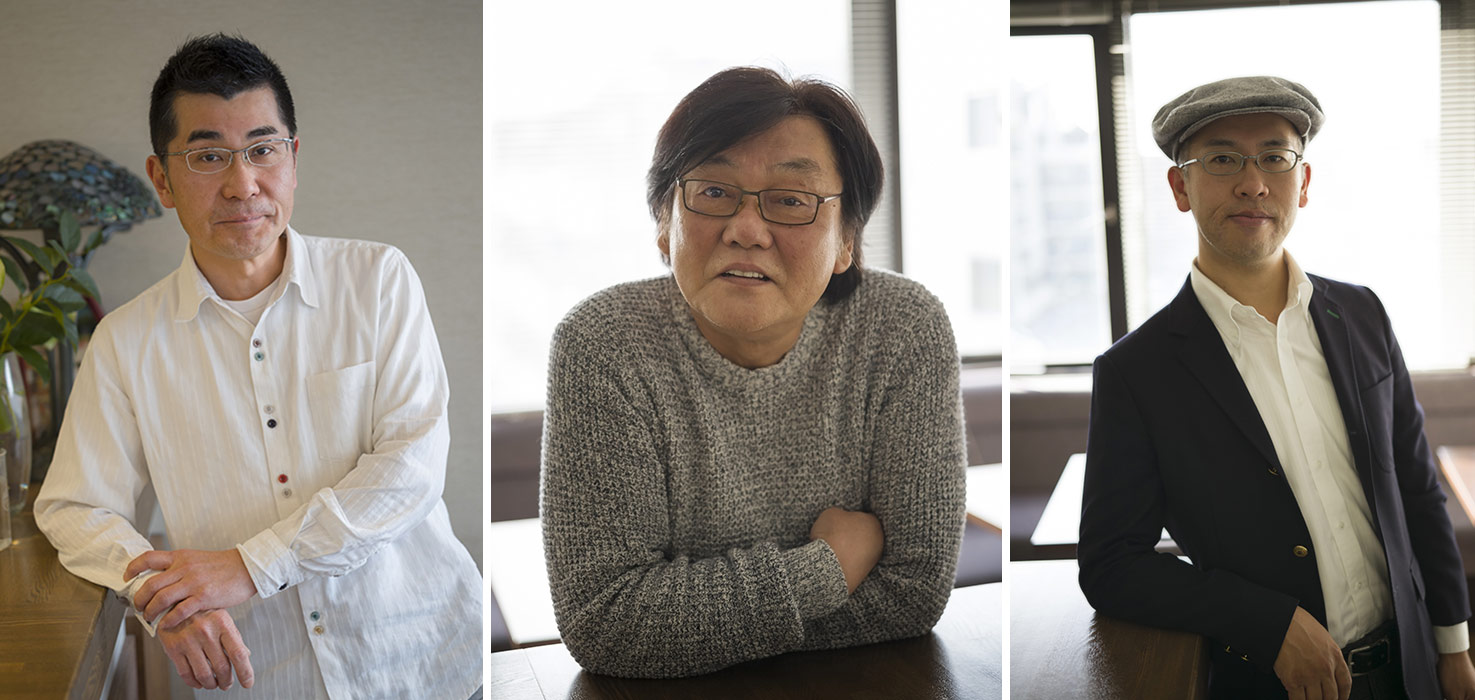
To add to the stress, the three shorts were made simultaneously. “It drove me crazy. When you have three different directors with three different personalities, you need a different approach as a producer, too. There was a friendly rivalry between them, though they wouldn’t admit it.” He adds that a fourth episode was originally planned. It was to be directed by Ghibli luminary Isao Takahata (whose final feature The Tale of The Princess Kaguya was produced by Nishimura), and based on a segment of the Japanese classical epic The Tale of the Heike. Takahata died last year, before production could begin.
From Ghibli, Ponoc inherited a ready-made reputation and a talent base: Nishimura estimates that 60-70% of the artists who worked on Modest Heroes cut their teeth under Takahata and Hayao Miyazaki. In this context, the studio’s radical commitment to distributing short films – something Ghibli has never really done – feels like a declaration of independence. By picking up a commission from a major international organization, it is now diverging even further from its predecessor. Nor is this cross-cultural initiative a one-off: Ponoc is sounding out non-Japanese animators about potential collaborations.
Nishimura recalls a comparison that Takahata, a keen scholar of the arts, was fond of making. If the decades of Ghibli’s dominance were Japanese animation’s Renaissance period, the industry is now entering its Mannerist era – a phase of creative elaboration and experimentation. “Today’s animation isn’t that different from what was produced 20 years ago,” Nishimura says. “If we don’t try out new forms of expression, new approaches to animation, new ways of depicting movement, new themes, then audiences won’t enjoy our films.” The sense of renewal has always been with Studio Ponoc, whose very name comes from the Croatian word for “midnight.” Nishimura spells out the implications: yesterday is not forgotten, but a new day has begun.
Note: Yoshiaki Nishimura’s answers were translated from Japanese by the author.

.png)